With ticks spreading more widely across Washington, it’s important to stay proactive about protecting your dog. These tiny pests can carry harmful diseases like Lyme and anaplasmosis, making prevention key. Start by checking your dog daily—especially after walks in grassy or wooded areas. Using vet-approved tick preventatives like collars, sprays, or monthly treatments adds a strong layer of defense. Keeping your yard trimmed and tick-free also reduces risk at home. Don’t forget to talk to your vet about the right products for your dog’s breed and lifestyle. A little prevention goes a long way in keeping your furry friend safe, healthy, and happy year-round.
Understanding the Tick Problem in Washington
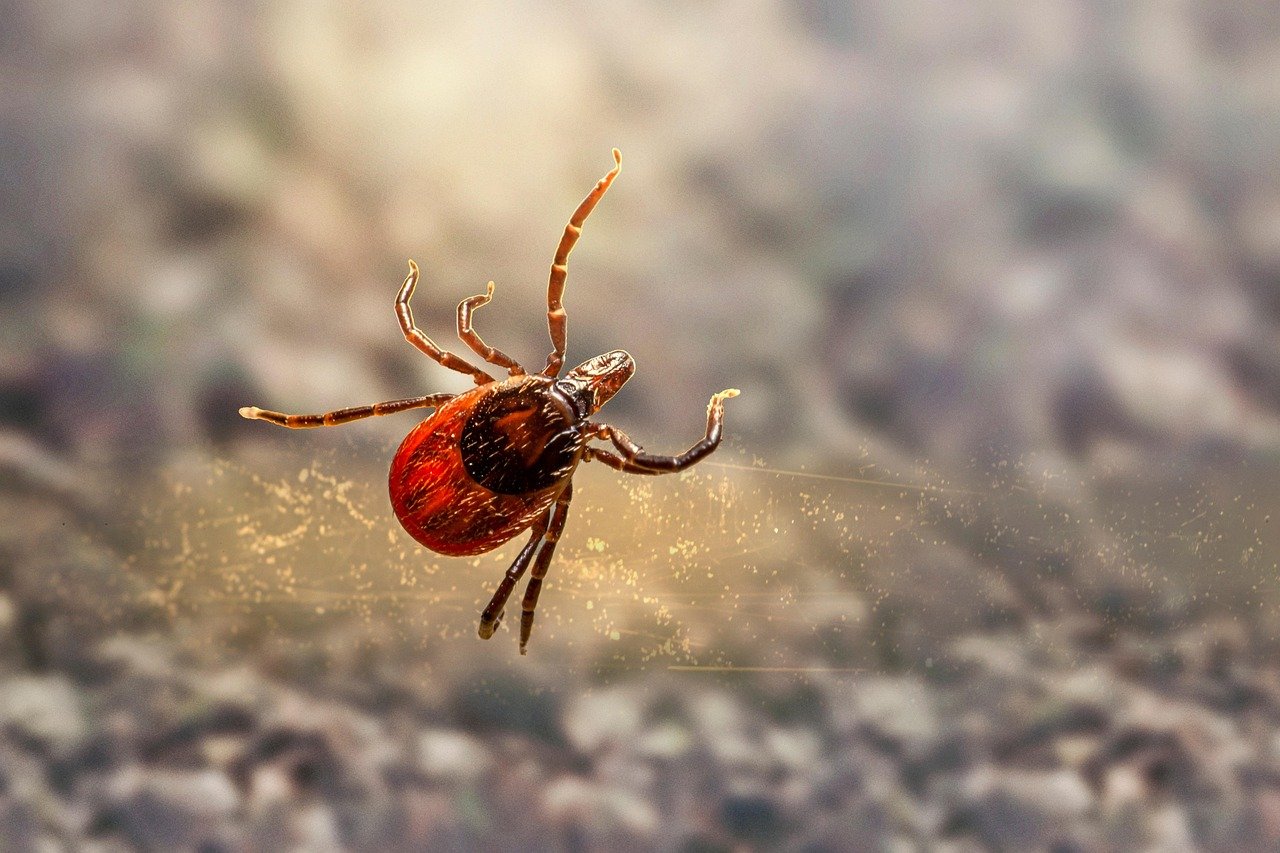
Ticks have been making headlines in Washington, and it’s not just hype. Over the past few years, these pests have been spreading faster than most pet owners ever imagined. The mild winters and wet springs give ticks the perfect conditions to thrive, and more outdoor adventures mean more opportunities for your dog to pick up a hitchhiker. Ticks are found not just in forests, but in parks, backyards, and even city trails. What’s particularly shocking is how quickly they can latch onto your pet. If you’ve ever brushed your hand through your dog’s fur after a walk and felt a tiny bump, you know how unsettling it is. That’s why understanding the scope of the problem is the first step in protecting your dog.
Recognizing the Types of Ticks in Washington
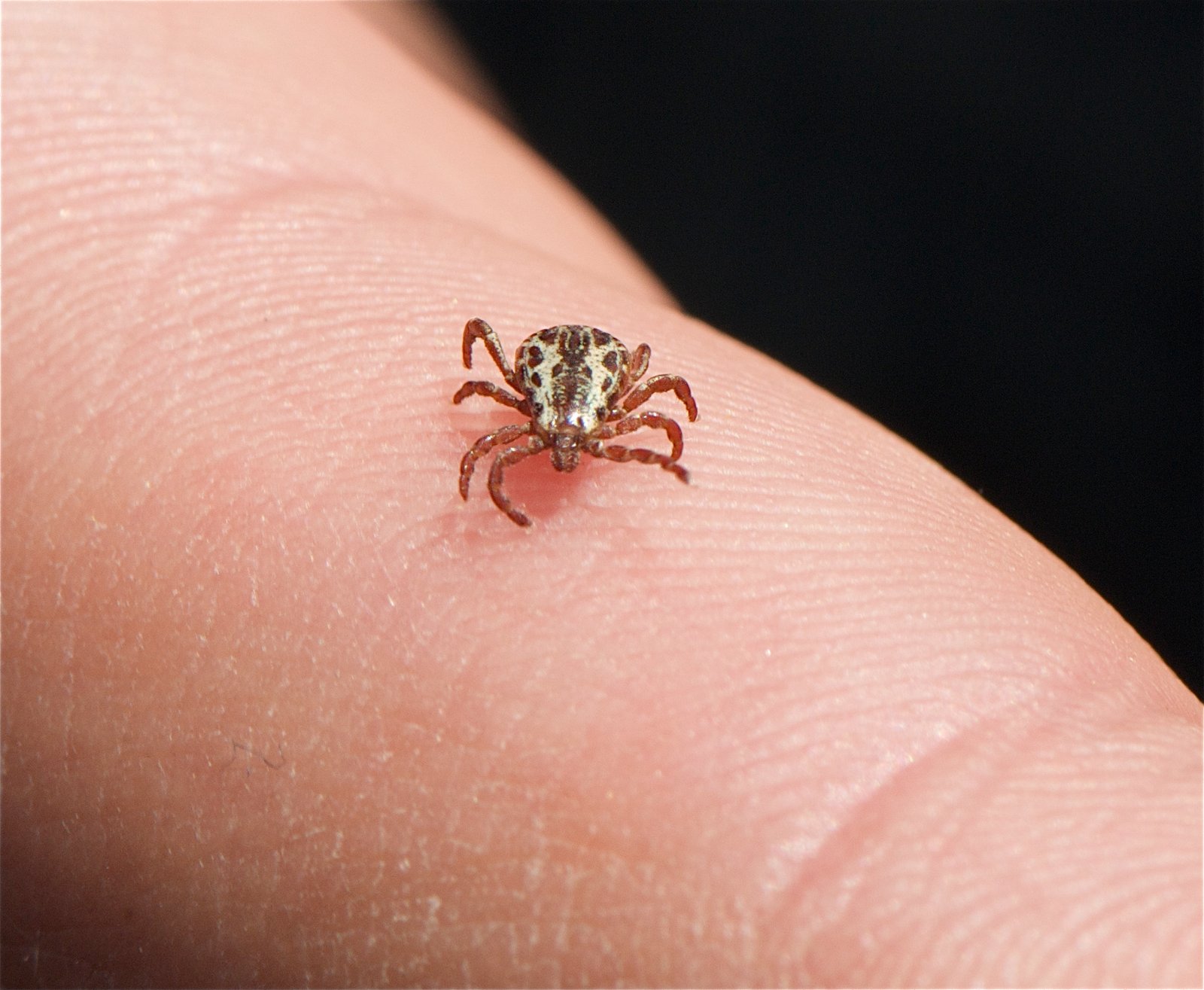
You might think a tick is just a tick, but there are several species in Washington, and some are more dangerous than others. The Western black-legged tick, American dog tick, and brown dog tick are the most common. Each has its favorite hiding spots and preferred seasons, but all are capable of spreading disease. Learning to identify these ticks is empowering. For example, Western black-legged ticks are often found in brushy, shaded areas and are notorious for transmitting Lyme disease. American dog ticks love grassy fields and can cause Rocky Mountain spotted fever. Knowing what you’re up against helps you tailor your defense.
Why Ticks Are So Dangerous to Dogs
Ticks aren’t just annoying—they’re downright dangerous. When a tick bites, it can transmit a cocktail of bacteria and viruses into your dog’s bloodstream. Lyme disease, ehrlichiosis, and anaplasmosis are just a few of the illnesses that can leave your dog lethargic, feverish, or even permanently injured. Sometimes, symptoms don’t show up right away, making the diagnosis tricky. A single bite could cause joint pain, organ failure, or neurological problems. It’s heartbreaking to think that a short walk could lead to months—or even years—of health problems. That’s why vigilance is everything.
The Best Seasons for Tick Activity in Washington
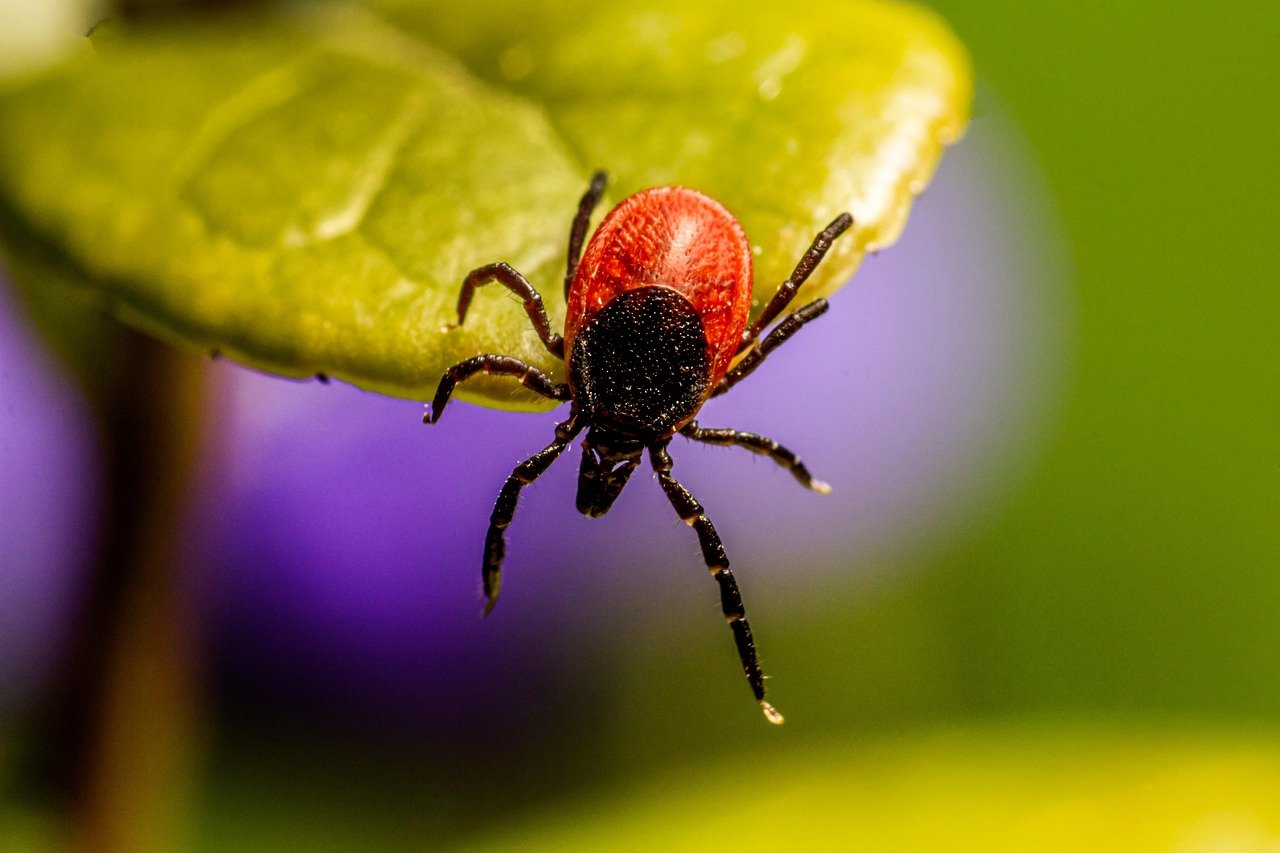
Timing is everything when it comes to tick protection. In Washington, ticks are most active from early spring through late fall. The peak months are April through September, but some species can be found even in winter if the temperature stays above freezing. The most dangerous periods are when people and pets are outside the most—during warm, sunny days and after rain showers, when ticks climb up vegetation to hunt for a host. If you only check your dog once a year, you’re putting them at serious risk. Instead, make tick prevention a year-round habit.
Daily Tick Checks: Your First Line of Defense
Checking your dog for ticks might sound old-fashioned, but it’s still the most effective way to catch them before they do harm. Every time your dog comes in from outside, run your hands along their fur, especially around the ears, neck, armpits, and between the toes. Ticks love dark, moist places where they can hide and feed undisturbed. Don’t just rely on your eyes—use your fingertips to feel for tiny bumps. If you find a tick, remove it right away with tweezers. The sooner you catch them, the safer your dog will be.
Using Tick Preventatives: Collars, Spot-Ons, and Oral Medications

Modern science has given us powerful tools to keep ticks at bay. Tick collars, topical treatments (spot-ons), and oral medications are all available and effective. Collars release chemicals that repel or kill ticks before they can bite, while spot-ons are applied to the skin and spread through the natural oils in your dog’s coat. Oral medications work from the inside out, killing ticks that try to feed. Talk to your vet about what’s best for your dog’s size, age, and lifestyle. Consistency is key—missing a dose could leave your dog exposed.
Keeping Your Yard Tick-Free
Your own backyard can be a battleground against ticks. Overgrown grass, brush piles, and leaf litter are perfect hiding spots for these pests. By keeping your lawn trimmed, removing debris, and creating clean, open spaces, you make it harder for ticks to survive. Some people create a barrier of gravel or wood chips between their yard and wooded areas to keep ticks out. If you want to go the extra mile, consider using pet-safe yard sprays. Remember, a little yard work can mean a lot less worry.
Choosing Safe Walking Routes

Where you walk your dog matters. Ticks thrive in tall grass, dense woods, and areas with lots of undergrowth. Parks and trails are fun, but some are riskier than others. Stick to the center of trails and avoid letting your dog wander into brushy or overgrown areas. If you’re visiting a new area, ask locals or park rangers about tick activity. Sometimes the safest route isn’t the most scenic, but your dog’s health is worth it. Don’t be afraid to change your routine if you notice a spike in tick sightings.
Keeping Your Dog’s Coat in Check
Long, thick fur gives ticks more places to hide. Regular grooming is an underrated but powerful way to prevent tick problems. Brushing your dog daily helps you spot ticks and keeps the coat healthy. For breeds with especially dense fur, consider a summer trim—but don’t shave them completely, as fur also protects against sunburn. Clean fur is easier to inspect, and ticks are less likely to go undetected. Plus, grooming sessions are a great way to bond with your dog and check for any other health issues.
Tick-Proofing Your Home
Ticks don’t just stay outside—they can hitch a ride indoors on pets, people, and even clothing. Once inside, they can hide in carpets, bedding, and furniture. Wash your dog’s bedding regularly and vacuum your home often, especially in areas where your dog lounges. If you live in a tick-prone area, limit your dog’s access to certain rooms. Some pet owners use tick-repellent sprays for upholstery, but always check that they’re safe for animals. Keeping your home clean and clutter-free reduces the chances of a tick infestation.
Natural Remedies and Repellents

Some dog owners prefer natural tick prevention methods. Essential oils like cedarwood, lavender, and eucalyptus are often recommended, but they must be used with care—some oils are toxic to dogs. Always dilute oils and never apply them directly to your pet’s skin without guidance. Homemade sprays can be effective for short outings, but they’re no substitute for proven tick preventatives. If you go the natural route, combine it with regular checks and cleaning for best results. Talk to your vet before trying any new remedy.
Recognizing the Signs of Tick-Borne Illnesses in Dogs

Even the most careful owners can miss a tick. That’s why knowing the early signs of tick-borne illnesses is vital. Watch for symptoms like lethargy, loss of appetite, limping, fever, or unusual swelling around joints. Some dogs may show sudden behavioral changes or develop a rash. If your dog seems “off” after a walk, trust your gut and check for ticks. Early treatment can make a huge difference. It’s better to visit the vet for a false alarm than to miss a serious illness.
What To Do If You Find a Tick on Your Dog
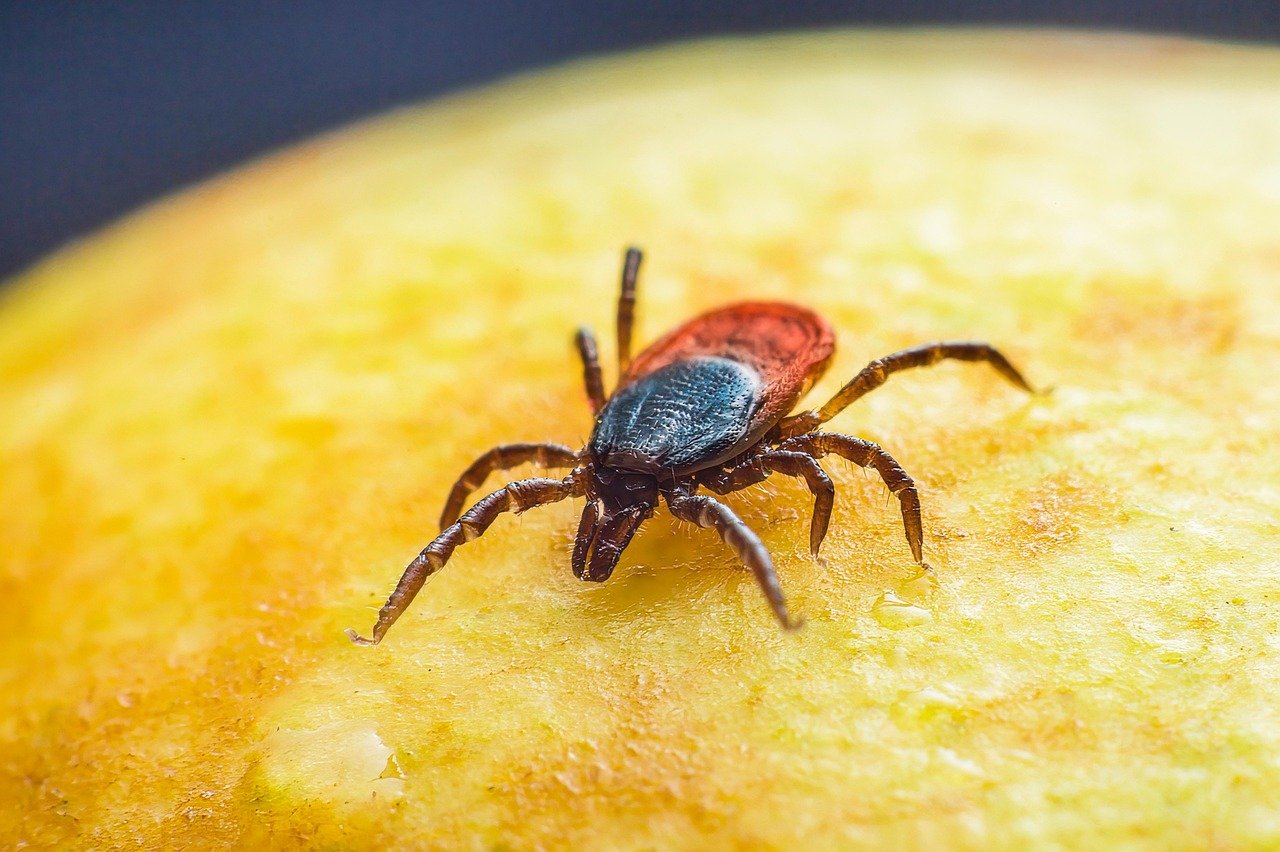
Finding a tick can be alarming, but don’t panic. Use fine-tipped tweezers to grasp the tick as close to your dog’s skin as possible and pull upward with steady pressure. Don’t twist or jerk, as this can leave mouthparts behind. Clean the area with antiseptic and keep an eye on it for signs of infection. Save the tick in a sealed container in case your vet needs to identify it. After removal, watch your dog for a few weeks for any signs of illness. Quick action can prevent bigger problems.
When to See the Vet
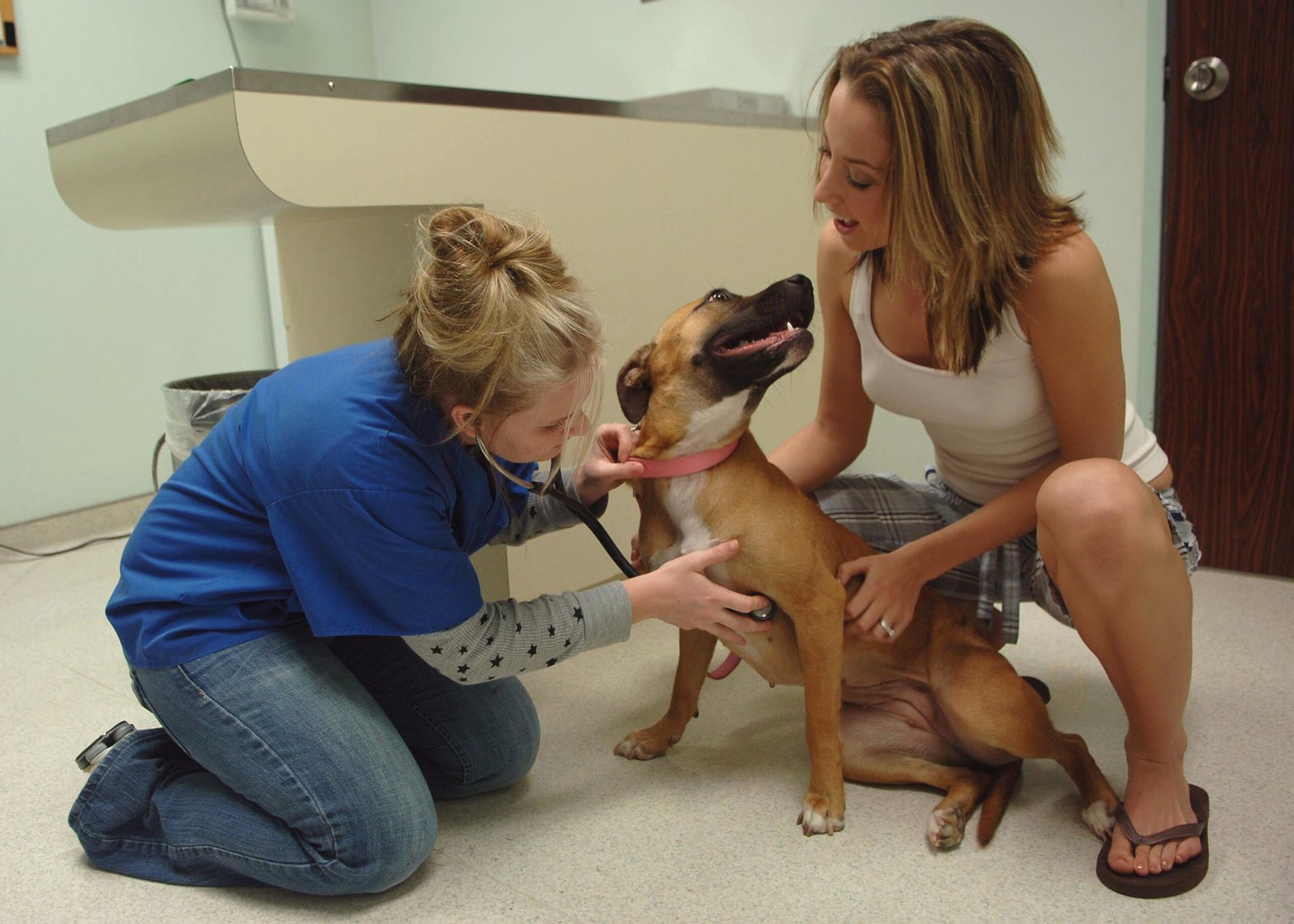
Some situations call for professional help. If your dog has a lot of ticks, shows signs of illness, or you’re unsure how to remove a tick safely, call your vet. Dogs with compromised immune systems or those on certain medications might be at higher risk and need extra care. Your vet can recommend blood tests if tick-borne disease is suspected. Don’t wait until things get serious—a quick call can give you peace of mind and potentially save your dog’s life.
Traveling with Your Dog in Tick Country
Road trips and hikes are part of life in Washington, but traveling increases your dog’s exposure to new tick habitats. Before you go, research your destination’s tick risk and pack tick prevention supplies. Check your dog frequently during your trip, especially if you’re camping or visiting rural areas. After your adventure, give your dog a thorough inspection and wash their bedding and gear. Travel is fun, but a little planning goes a long way in keeping your dog safe.
Ticks may be tiny, but the problems they cause are anything but. By staying alert, using the right preventatives, and doing regular checks, you can keep your dog safe and healthy. It only takes a few simple habits to reduce the risk and give you peace of mind. Your pup counts on you—so a little extra care goes a long way in tick season.





